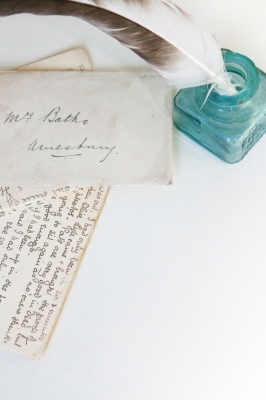Creating Your Research Reports
The process of writing a research report is a great way to capture your analysis and collect your thoughts. Although your report does not have to be a formal document, you will want to include your name, the date of the report, and the research question.
Sometimes we find that we have completed an exhaustive search, but perhaps misunderstood a key point in a record, missed a relevant piece of data, or had not properly analyzed all of the data as a whole. Seein



